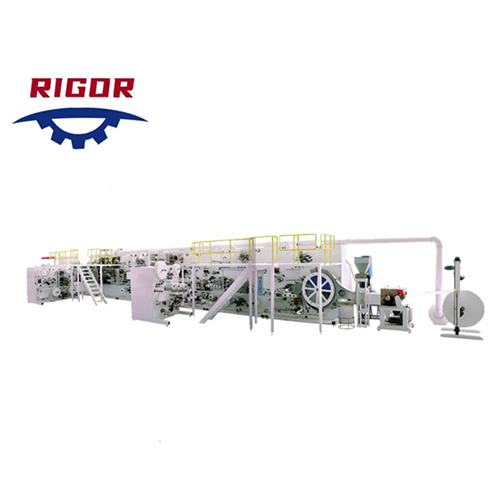Here are some key tips for determining the ongoing costs of a wet wipes production line:
Gather utility bills and rates.
Collect electric, gas, water, wastewater, etc. bills for the past year to determine average monthly usage and costs for all line equipment/facilities. Get rates from your utility companies to calculate totals. Look for ways to improve efficiency.
Track labor hours and costs.
Record weekly/monthly hours worked by each employee supporting the line including costs like wages, taxes, benefits, training, etc. Determine typical staffing needs and costs. Consider automation to potentially reduce labor needs over time.
Research consumable costs.
Get quotes from suppliers for packaging, wipes, chemicals, lubricants, filters, etc. and replacement frequency estimates based on your production volume. Add a buffer for waste. Develop purchasing schedules to consistently budget for these costs.
Check service contracts and fees.
See what you pay annually for equipment maintenance, repairs, facility cleaning, waste/wastewater services, sanitation, pest control, etc. Get quotes for any large repairs or one-time services needed to estimate routine vs non-routine costs.

Determine insurance costs.
Research liability insurance to protect against risks of equipment operation, product defects, employee injuries, etc. Contact agents for quotes based on coverage amounts, equipment/inventory values, staff count, revenue, etc.
Calculate overhead costs.
Estimate finance, accounting, management, administrative staffing, etc. While indirect, these costs contribute significantly to total ongoing costs. Determine typical weekly/monthly hours and pay for dedicated overhead resources.
Track all costs regularly.
Monitor utility bills, purchasing reports, service logs, insurance payments, overhead charges, productivity metrics and key performance indicators at least monthly. Look for cost-saving opportunities and make adjustments as needed. Staying on top of costs avoids surprises.
Build some buffer room into budget estimates.
Uncertainty exists with all business costs, so adding an additional 10-25% buffer helps ensure there are enough funds allocated to cover higher than expected costs for the line. The buffer provides some financial cushion. Revisit estimates at least quarterly.
Research costs for expansion.
If expansion is planned, researching the additional utility usage, resources, square footage, capacity, and all associated ongoing costs that will result from expansion helps determine if the added investment will be sustainable and profitable before proceeding. Evaluate both short and long term costs and benefits.
With diligent research and consistent oversight, you can establish a solid understanding of the true ongoing costs of operating and maintaining your wet wipes production line and business. Be sure costs remain aligned with revenue and resources as you continue improving efficiency, reducing expenses, or taking on more production capacity over time.